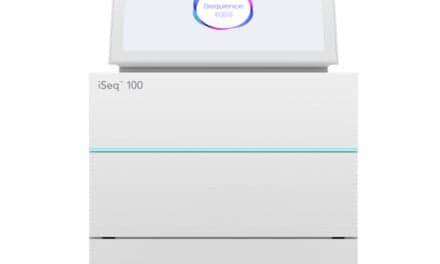XiFin, Inc., a provider of healthcare information technologies and services that deliver artificial intelligence (AI)-enabled operational efficiency, interoperability, and simplicity, announced today that it has added new features and insights to its diagnostic industry-leading Lab Volume Index (LVI). The LVI insights and trends are derived from claims transaction data from within the XiFin RPM platform.
While COVID testing has declined, overall molecular testing has steadily grown and continues to grow post-COVID. This is an indication that labs are taking the excess capacity that grew to support COVID testing and utilizing it for other types of molecular and genetic testing, led by women’s health, predominantly prenatal testing.
“The new and expanded XiFin Lab Volume Index, with additional functionality for users seeking new insights on the latest trends in diagnostics, continues to be an indispensable industry standard,” says Jeff Carmichael, senior vice president of engineering at XiFin. “Molecular testing overall has grown pretty steadily, thanks to the doubling of demand since 2019 for women’s health testing, led by prenatal. The rapid increase in capacity and upgrades in technology infrastructure investments made by labs to manage workflow and productivity during the pandemic have paid off.”
The XiFin Lab Volume Index enables views of testing volumes over time and across four key categories of testing: clinical, immunology and microbiology, molecular and genetic, and anatomic pathology. Segmentation is based on the type of testing, not the type of laboratory performing the tests. For example, if the Lab Volume Index is selected for molecular and genetic, it shows the testing volume of all molecular and genetic testing, irrespective of whether it was performed at a hospital lab, a clinical lab, one that primarily does pain management and toxicology, or a lab specializing in molecular testing.
The enhanced XiFin Lab Volume Index also features a new user-selectable baseline for 2019 -2022, making it possible to compare the time going forward including annually. Previously, the baseline was set to 2019, before the start of COVID. Throughout COVID, using that same baseline was a good measure of fluctuations in volume as compared to pre-COVID average volume. The expanded Lab Volume Index also includes new data from additional labs added after the original baseline period, making the data even more robust.
Because the COVID volume is historically significant, the original XiFin Lab Volume Index was measured weekly to trend the surges and lulls that happened quickly during the pandemic. With COVID testing continuing to stabilize and replaced by ongoing molecular testing, the Lab Volume Index is now measured monthly, normalizing the data to reduce the impact of variations caused by holidays in a given week.





